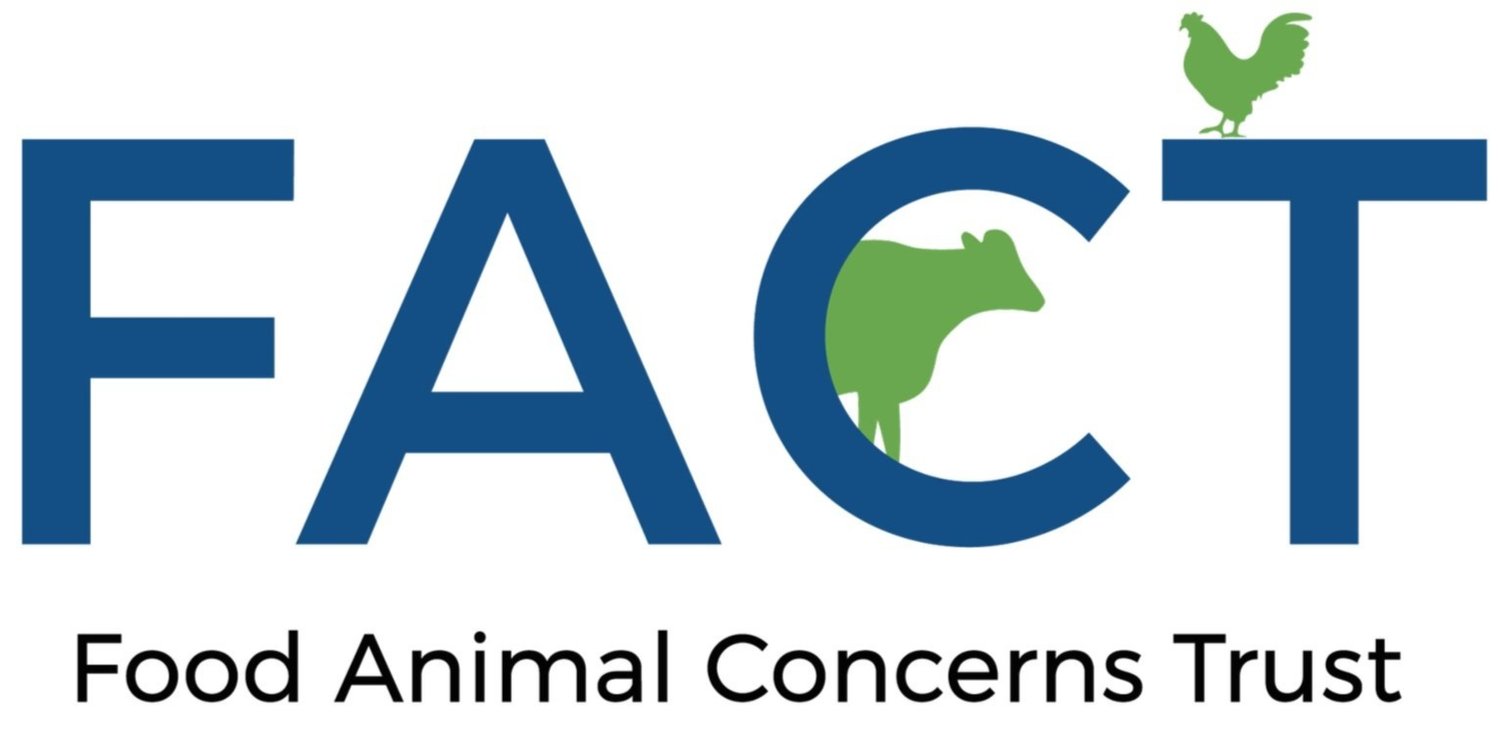Why CDC's One Health Framework Falls Short When It Comes to Protecting People and Animals
By Steve Roach and Madeleine Kleven, FACT’s Safe and Healthy Food Team
Most – approximately 75% - of new or emerging infectious diseases affecting people come from animals. We were pleased to see that the Centers for Disease Control and Prevention (CDC) are working on a framework for government agencies to address these diseases. However, the draft framework lacks substance and fails to include important aspects for controlling and mitigating these diseases such as antibiotic resistance, the need to better monitor giant livestock feeding operations where diseases are developed and multiplied, and the higher risk of farm workers acquiring these types of diseases. Please join us in writing to the CDC, calling on them to create a framework that will protect us all from these dangerous diseases coming from animals.
New infectious diseases caused by viruses or bacteria emerge and spread across the world ever more frequently, posing deadly threats to human and animal health. Of those new threats, three out of every four emerge from animals before crossing over into humans. In recent years, these have included not only COVID-19, but also Monkeypox, Ebola, H1N1 swine flu, and SARS.
Diseases that are transmitted from animals to humans are called “zoonotic diseases” because they come from animals and often are transmitted back to animals from humans. When we try to control these zoonotic diseases, we need to pay attention to both people and animals simultaneously. If you ignore the animals until you have a big human outbreak, it is already too late. Animals and humans do not live in isolation but instead are part of a broader environment that connects the two.
Keeping health challenges and diseases at bay requires strategies that look at people, animals, and their shared environment. This is called a “One Health Approach”. Pretty much everything FACT’s Safe and Healthy Food Program does can be considered part of One Health. This interconnection between people and animals is at the core of FACT’s work, so we strongly support the government looking at health problems from this approach.
Source: CDC (https://www.cdc.gov/onehealth/who-we-are/one-health-office-fact-sheet.html)
The government recognizes that we need to do more to tackle zoonotic diseases -the COVID-19 pandemic has made this abundantly clear. The new One Health framework is a step in the right direction. The current draft from the CDC, which you can read at this link has the lofty mission to “[p}rotect people and animals in the United States from zoonotic diseases,” but the substance of the framework falls far short. It specifically falls short in the following four areas:
Does not include resistance to drugs needed to treat zoonotic infections and linked secondary infections.
Fails to acknowledge the role of giant livestock feeding operations as a source of zoonotic disease and the need for much better monitoring of these operations for pathogens.
Ignores the increased risk to livestock workers and rural communities, despite including health equity as one of its guiding principles.
Assumes that people and animals can be protected with existing government authorities despite the CDC itself lacking authority to visit giant animal feeding operations even when they are suspected of being the source of zoonotic diseases.

